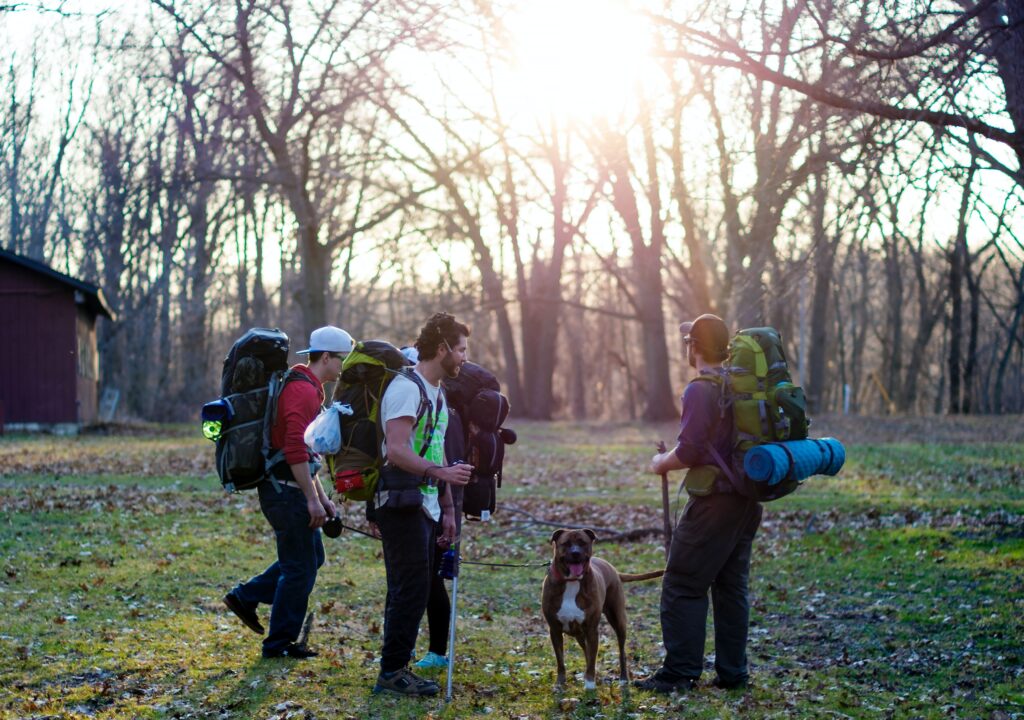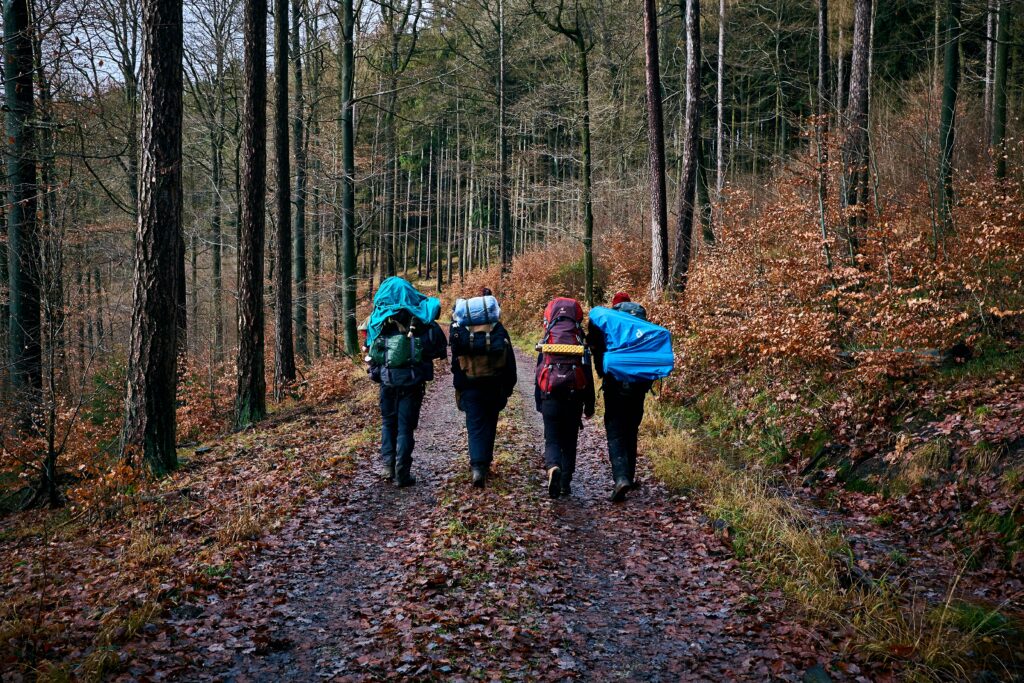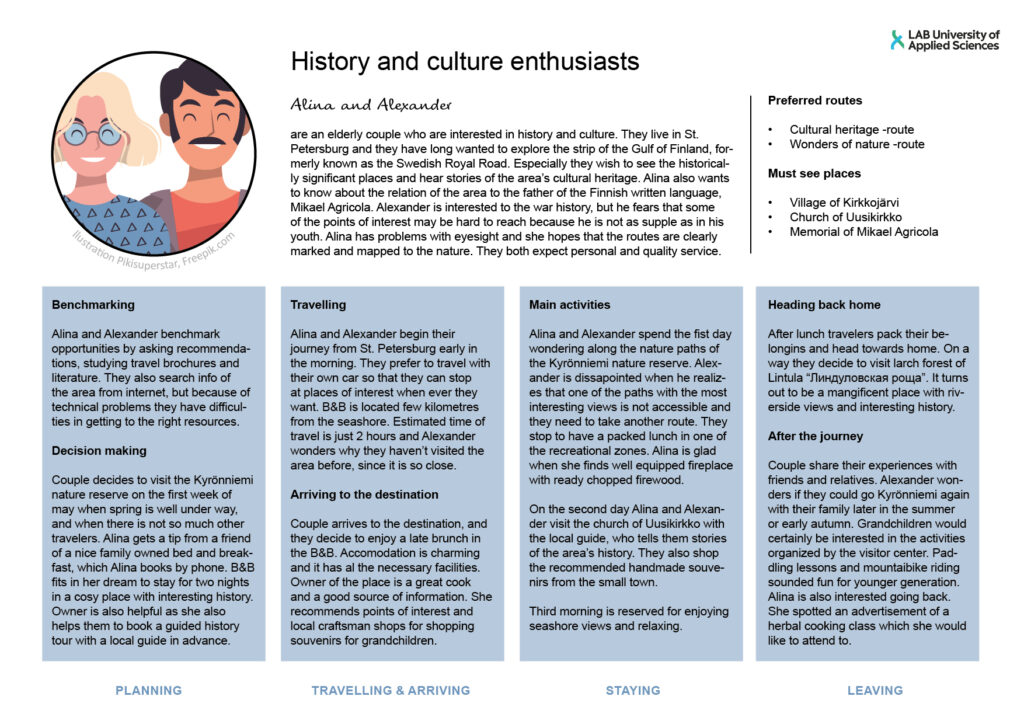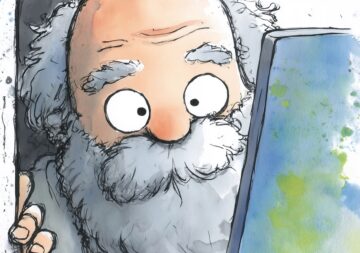
The key to developing customer friendly and up to date services is to get to know your preferred customer groups. In nature destinations and nature services this means gathering information of different traveler segments and user groups – their needs, motivators, and ways of acting by asking the right questions and observing their real behavior. It involves also benchmarking similar destinations, studying visitor surveys and both local and global articles related to the use of nature related services and the future of travel.
Author: Katariina Pakarinen
A new nature reserve is being established to the area of Cape Kyrönniemi on the shore of the Gulf of Finland, the Leningrad Region in Russia (LAB 2021). While planning the reserve, routes, facilities, and services of the area, it is essential to understand the tourists entering the area. Customer-oriented service development pays off as it creates need-based on-demand services and ensures popularity of the destination. Customer understanding helps in discovering unconscious needs and it also helps in reducing costs and launch risks when service is planned to meet the need (Kumpulainen 2022). It may also point out new business opportunities, like a need for new nature related activities.
Customer understanding can be obtained via thorough user research containing interviews, inquiries, workshops, observation of the users and mystery shopping or service safari. Information needs to be collected in various ways so that potential methodological weaknesses do not affect the results obtained. The data collection methods should be also selected according to the user group, the solution to be developed and the development work schedule. In the project Kurenniemi information has been collected specially via workshops, interviews, and benchmarking Finnish nature destinations (Isomäki & Pakarinen 2022).

Image 1: The experience of every traveler is always personal and unique even if we follow the same nature trail. (Allspach 2021)
Key questions for better customer understanding
The customer experience is the sum of all the encounters, feelings and mental images obtained during the service. A successful customer experience increases customer satisfaction and engages customers (LAB UX Center 2021). To get closer to the customer experience, the service is divided into sequences like planning the trip, travelling, and arriving to the destination, staying, and using the facilities, leaving the destination, and sharing experiences. That is why it is important to consider what happens before and after the core experience (including confluences with other services and service providers).
Before the trip is it essential to find out what the travelers need and expect at different stages of their journey. What do they want to achieve in the nature destination? What do they value and how these values affect to their decisions? What is their motivator? Who and what influences their decisions? Why do they want to travel to the area, and would they choose this specific location above others?
It is also important to collect information how the nature destination is marketed to the customer. Which channels does the different user groups prefer to use (for example social media, brochures, web pages, literature, documentaries)? What kind of content do they prefer, and which tone of voice should be used? Where can they find more information about the area’s services?
At the first steps of the journey developers should be also interested in how the traveler arrives to the destination. With whom do they travel with and when? Does the prior information or anticipations correspond with reality? What kind of routes, attractions or activities different user groups are interested in? What things or services do they appreciate (for example service level, silence, efficiency, locality)? What kind of pain points individual traveler has during the journey? Which things annoy travelers (for example traffic noise, other tourists, rush hours, lack of services, insufficient access to information)? Are there any gaps in the service path? How these problems could be solved?
One good option for collecting this kind of information is (in addition to the methods mentioned above) a travel booklet in which the traveler records his or her experiences and thoughts about the destination with notes and photos (Palma 2019). It can also point out how travelers prefer to give feedback and share their own experiences.
Experimentation and co-development are also an important part of the process. It is beneficial for users and stakeholders to be involved to the project for example by co-creation and volunteering. In addition to creating better services, it also creates a feeling of ownership. Actively informing locals about the development of the area helps them to understand and accept the changes that are taking place. With this in mind, it is important to ask how the travelers could participate in the development of the nature services. Could they volunteer in upkeeping the environment or mapping the nature wonders? Can they participate in organizing events or cleaning the environment? For example, in Kyrönniemi volunteers participated in clearing trash from the nature (Isomäki 2022).
Processing information to segments, profiles, and personas
After collecting the information, it is beneficial to create customer segments, customer profiles and user personas. They help in creating better understanding of the factors that need to be considered when designing a service. They also help us to define where it would be possible to offer added value to the customer.
Nature traveler segments can include for example “nature wonder hunters”, “nature explorers”, “activity enthusiast”, “authentic lifestyle seekers” and “comfort seekers”. (Visit Finland 2017.) In developing area of Kyrönniemi, understanding the first three core segments is useful. They provide deeper information from traveler’s motives, needs and behavior than traditional traveler segmentations based on age, nationality or the number of travelers. Nature wonder hunters are looking for unique nature experiences. Nature explorers want to rewind in the nature. They prefer peaceful and clean original surroundings, and they are more likely to visit places without infrastructures, sound of the passing traffic or other activities. (Räsänen & Saari 2011, 4-7).
Customer profiles describe differences in customer motivation factors and behavior. Profiles are based on accumulated understanding. For example, sustainable lifestyle motivation profiles can include “ambitious experience hunters”, “stubborn tradition appraisers”, “economic planners” or “well-being and balance guardians”. (Sitra 2022). Ambitious experience hunters relate to activity enthusiast segment who are looking for active, unique stay in nature.
User personas are descriptions of a typical customers. The personality can be used to position and empathize with the user. The description may highlight wishes, expectations, practical needs or obstacles that are relevant to the service being developed. With the help of personalities, desires and behaviours can be addressed more concretely. In the project Kurenniemi six user personas with service journeys were created. They included for example: an elderly couple interested in history and culture, a volunteering bird watcher, a family of four enjoying activities and a local dog owner taking daily walks in the area. They help to target nature trails of Cape Kyrönniemi with different points of interest and difficulty level to right customers.

Image 2: Example of user personas created in the project. (Pikisuperstar 2021, Table: Katariina Pakarinen)
References
Allspach, L. 2021. Cited 9 Mar 2022. Available at https://unsplash.com/photos/uTEUQ2b5iI4
Isomäki, K. 2022. Volunteering for a cleaner environment. LABPro. Cited 5 May 2022. Available at https://www.labopen.fi/lab-pro/volunteering-for-a-cleaner-environment/
Isomäki, K. & Pakarinen, K. 2022. First year outcomes in the Project Kurenniemi. Cited 5 May 2022. Available at https://www.labopen.fi/lab-pro/first-year-outcomes-in-the-project-kurenniemi/
Kumpulainen, K. 2022. Asiakaslähtöinen palveluiden kehittäminen. Seminar presentation 29.5.2022.
LAB University of Applied Sciences. 2021. Kurenniemi – cultural value of Russia and Finland through M. Agricola trail. Cited 9 Mar 2022. Available at https://lab.fi/fi/projekti/kurenniemi-cultural-value-russia-and-finland-through-m-agricola-trail
LAB UX Center. 2021. Project website. Cited 5 May 2022. Available at https://labuxcenter.fi/info/
Palma 2019. Reissuvihko: Ammattimatka Vaasan seudulle 6 − 7.11.2018. Cited 9 Mar 2022. Available at http://www.palma.fi/palma-malli/kayttajalahtoisyys/Reissuvihko.pdf
Pikisuperstar. 2021. Happy people avatars. Cited 9 Mar 2022. Available at https://www.freepik.com/free-vector/happy-people-avatars_7085154.htm#query=happy%20people%20avatar&position=0&from_view=search
Sitra. 2022. Kestävän elämäntavan motivaatioprofiilit. Cited 9 Mar 2022. Available at https://www.sitra.fi/app/uploads/2021/10/kestavan-elamantavan-motivaatioprofiilit_esitys_sitra.pdf
Räsänen P. & Saari H. 2011, 4-7. Outdoors Finland: Vaellusreittien suunnitteluopas. Cited 9 Mar 2022. Available at https://intolinkki.files.wordpress.com/2018/04/vaellusreittien-suunnitteluopas.pdf
Visit Finland. 2017. Suomen vetovoimatekijät: Segmentointimalli. Cited 9 Mar 2022. Available at https://www.businessfinland.fi/globalassets/suomen-vetovoimatekijat-segmentointimalli.pdf
Author
Katariina Pakarinen, M.A. (Design) works as a RDI specialist / service designer in LAB University of Applied Sciences, Institute of Design and fine arts. Katariina is specially interested in nature travel, service design and futures thinking.
Illustration: Jorge Flores, https://unsplash.com/photos/FIm2wWCClig (Unsplash licence)
Published 23.5.2022
Reference to this article
Pakarinen, K. 2022. Designing nature trails with customer-oriented mindset. LAB Pro. Cited and date of citation. Available at https://www.labopen.fi/lab-pro/designing-nature-trails-with-customer-oriented-mindset/






